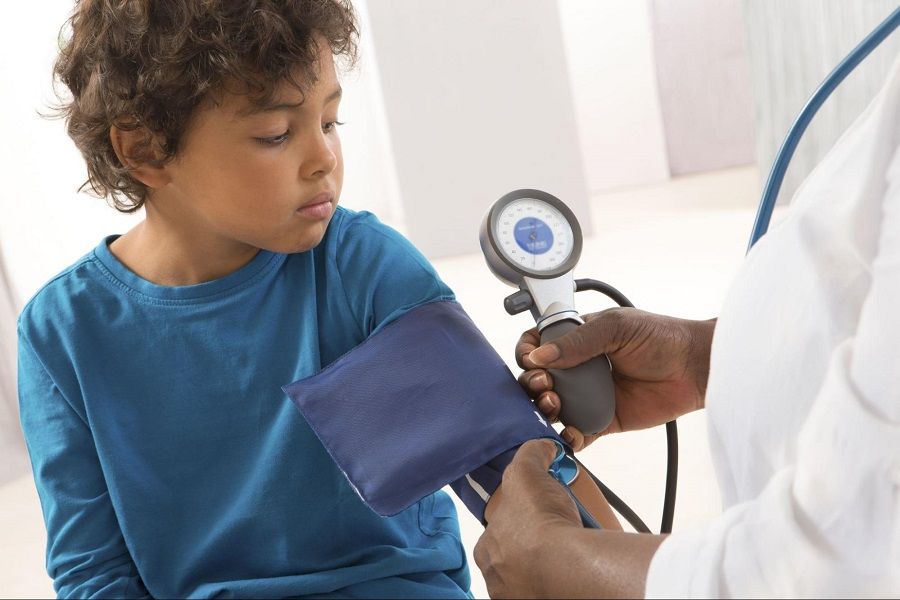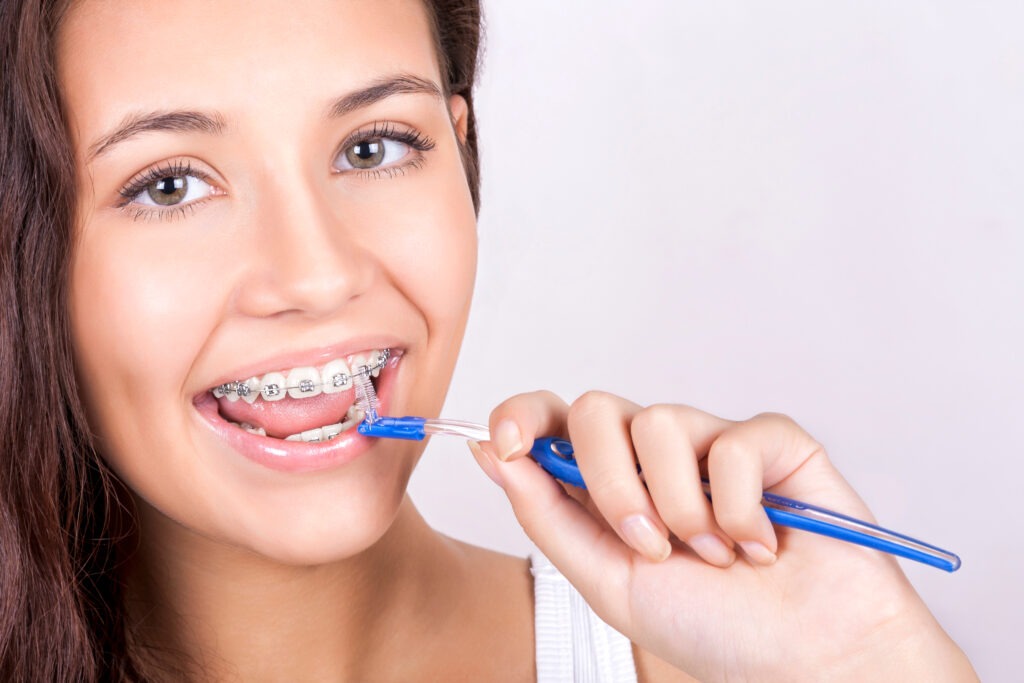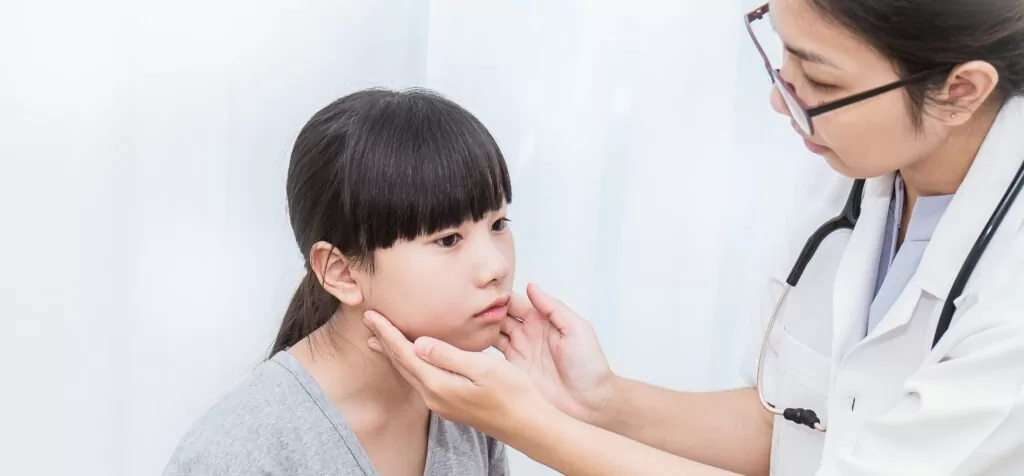
While not as common in teens and children, obstructive sleep apnea is still a problem plaguing at least ten percent of children in the United States. More typically associated with older and obese adults, obstructive sleep apnea affects millions of people around the world and here in America.
Obstructive sleep apnea is a sleep disorder that causes the stopping and restarting of breathing during sleep, due to an obstructed airway. This may result in snoring or gasping for breath as the affected party sleeps. Obstructive sleep apnea can be extremely dangerous, causing depression, impaired cognitive function, heart disease, diabetes, stroke, some cancers, and even Alzheimer’s disease.
While children are at a lower risk of developing these debilitating conditions during their youth, they are not without risk if they do have obstructive sleep apnea. A recent study by the National Heart, Lung, and Blood Institute at the National Institutes of Health and published in JAMA Cardiology found that children and teens with obstructive sleep apnea are more likely to develop serious conditions like high blood pressure later in life.
The study followed 421 children between the ages of 5 to 12 years, providing them sleep studies. Of those children, 12 percent were found to have obstructive sleep apnea. The study followed those children, and among those whose sleep apnea was treated or went away after an initial eight-year period were at a lower risk of developing high blood pressure, while those whose condition did not improve, or did not treat their sleep apnea adequately, were at a three times higher risk for developing high blood pressure during their teen years (between the ages of 12 to 23).
The good news is that with treatment, the risk for high blood pressure decreased in these teens, showing researchers that treatment doesn’t just work, it can help save lives. In some cases, children may also outgrow sleep apnea as they age, which also helps reduce their risk of developing sleep apnea.
Treating sleep apnea can look like many different things to different people. There is traditional CPAP therapy, surgery, and even sleep orthotics which position the airway open without the need for surgery or complicated and uncomfortable machinery.
If you or your child suffer from sleep apnea, speak to Dr. Abelar about your treatment options today.






